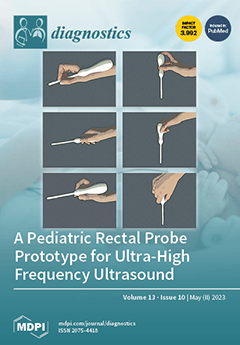Background and Aims. Dobutamine stress echocardiography (DSE) is a well-established non-invasive investigation for the detection of ischemic myocardial dysfunction. The aim of this study was to evaluate the accuracy of myocardial deformation parameters measured by speckle tracking echocardiography (STE) in predicting culprit coronary artery lesions in patients with prior revascularization and acute coronary syndrome (ACS). Methods. We prospectively studied 33 patients with ischemic heart disease, a history of at least one episode of ACS and prior revascularization. All patients underwent a complete stress Doppler echocardiographic examination, including the myocardial deformation parameters of peak systolic strain (PSS), peak systolic strain rate (SR) and wall motion score index (WMSI). The regional PSS and SR were analyzed for different culprit lesions. Results. The mean age of patients was 59 ± 11 years and 72.7% were males. At peak dobutamine stress, the change in regional PSS and SR in territories supplied by the LAD showed smaller increases compared to those in patients without culprit LAD lesions (
p < 0.05 for all). Likewise, the regional parameters of myocardial deformation were reduced in patients with culprit LCx lesions compared to those with non-culprit LCx lesions and in patients with culprit RCA legions compared to those with non-culprit RCA lesions (
p < 0.05 for all). In the multivariate analysis, the △ regional PSS (1.134 (CI = 1.059–3.315,
p = 0.02)) and the △ regional SR (1.566 (CI = 1.191–9.013,
p = 0.001)) for LAD territories predicted the presence of LAD lesions. Similarly, in a multivariable analysis, the △ regional PSS and the △SR predicted LCx culprit lesions and RCA culprit lesions (
p < 0.05 for all). In an ROC analysis, the PSS and SR had higher accuracies compared to the regional WMSI in predicting culprit lesions. A △ regional SR of −0.24 for the LAD territories was 88% sensitive and 76% specific (AUC = 0.75;
p < 0.001), a △ regional PSS of −1.20 was 78% sensitive and 71% specific (AUC = 0.76,
p < 0.001) and a △ WMSI of −0.35 was 67% sensitive and 68% specific (AUC = 0.68,
p = 0.02) in predicting LAD culprit lesions. Similarly, the △ SR for LCx and RCA territories had higher accuracies in predicting LCx and RCA culprit lesions. Conclusions. The myocardial deformation parameters, particularly the change in regional strain rate, are the most powerful predictors of culprit lesions. These findings strengthen the role of myocardial deformation in increasing the accuracy of DSE analyses in patients with prior cardiac events and revascularization.
Full article






